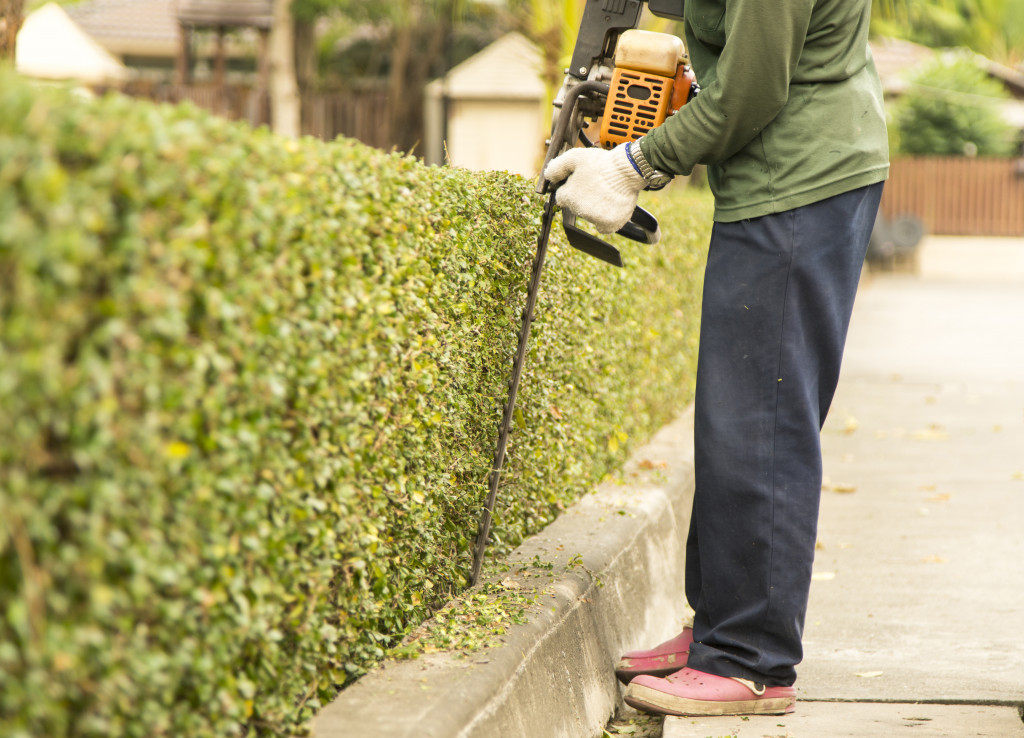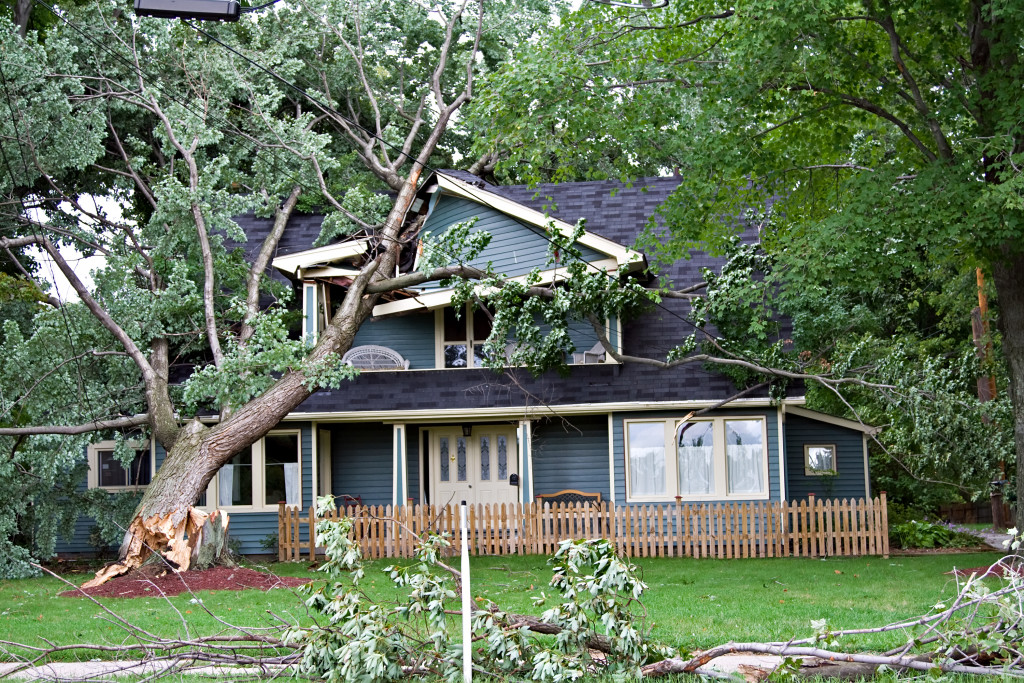No one likes dealing with bad weather, but sometimes it’s unavoidable. If you live in an area prone to strong winds, it’s essential to take steps to protect your home. After all, you don’t want your home to sustain any damage you could avoid. According to the National Oceanic and Atmospheric Administration, high winds can cause damage to homes in a variety of ways. They can tear off roofs, break windows, and even uproot trees. In other words, high winds can cause a lot of damage to your property.
This blog post will tell you everything you need to know about protecting your home from strong winds.
1. Strengthen your garage door
Your garage door is one of the most vulnerable parts of your home during a storm. If the wind is strong enough, it can cause your garage door to collapse. To avoid this, make sure that your garage door is adequately reinforced. You can do this by installing additional brackets or investing in a hurricane-resistant garage door.
Many homeowners also choose to install wind-resistant shutters on their garage doors. This extra protection layer can help keep your garage door intact during a storm. If you live in an area prone to hurricanes, you may even want to consider installing impact-resistant glass on your garage door.
2. Consider wind barriers
Another way to protect your home from strong winds is to create a barrier around it. You can do this by planting trees or installing home fences. Fences are typically made of metal or concrete and are designed to deflect wind away from your home. They can be placed along the perimeter of your property or around specific vulnerable areas, such as your garage.
You can also install windbreaks, which are barriers made of vegetation. Windbreaks are typically used in agricultural settings, but they can also be effective at protecting homes from strong winds. They work by disrupting the flow of wind current, which makes it harder for the wind to reach your home. You can create a windbreak by planting a row of trees along the perimeter of your property.

3. Remove loose items from your yard
Before a storm hits, take a walk around your property and remove any loose items that the wind could blow around. This includes lawn chairs, gardening tools, and kids’ toys. If possible, store these items in your garage or shed. If not, just ensure they’re securely tied down, so they don’t end up damaging your home or causing an injury.
It would be best if you also trim any trees or shrubs close to your home. This will help to prevent them from being uprooted by the wind and falling on your property. If you have any large trees on your property, you may want to consult with a tree service to have them removed. This is particularly important if the tree is close to power lines.
4. Secure Your Windows and Doors
Another way to protect your home from strong winds is to secure your windows and doors. This means ensuring that all of your doors are shut and locked and that all your windows are closed and latched. You might also consider boarding up your windows with plywood to strengthen them against high winds.
Depending on your windows and doors, you may also want to install hurricane shutters. These are designed to protect your windows and doors from being broken by flying debris. If you live in an area that experiences hurricanes, this is an essential step to protect your home.
5. Reinforce your roof
Your roof is another vulnerable part of your home during a storm. If the wind is strong enough, it can tear off shingles, loosen tiles, or even cause the roof to collapse. To avoid this, make sure that your roof is adequately reinforced. You can add additional supports, such as trusses or hurricane straps.
You should also ensure that your gutters are clear of debris. This will help prevent them from becoming clogged and causing water to back onto your roof. Some homeowners also choose to install gutter guards to reduce further the risk of clogging. This is particularly important if you live in an area with many trees.
By taking these simple steps, you can help protect your home from strong winds. Be sure to prepare in advance so that you’re not scrambling when a storm hits. And if you have any questions about protecting your home from severe weather, don’t hesitate to consult with a professional. With the right precautions, you can rest assured that your home will be safe from harm.

